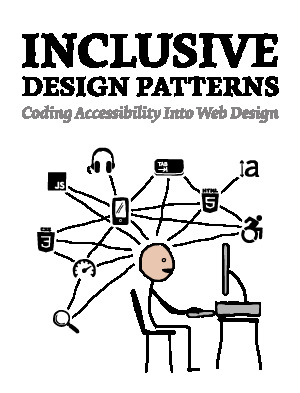What do you think?
Rate this book


312 pages, Kindle Edition
Published October 1, 2016
“The best part is that designing inclusive interfaces, like designing robust data schemas, doesn’t have to be any harder or more complex than making exclusive or otherwise obsolete ones.”
“Everybody is a keyboard user when eating with their mouse hand”